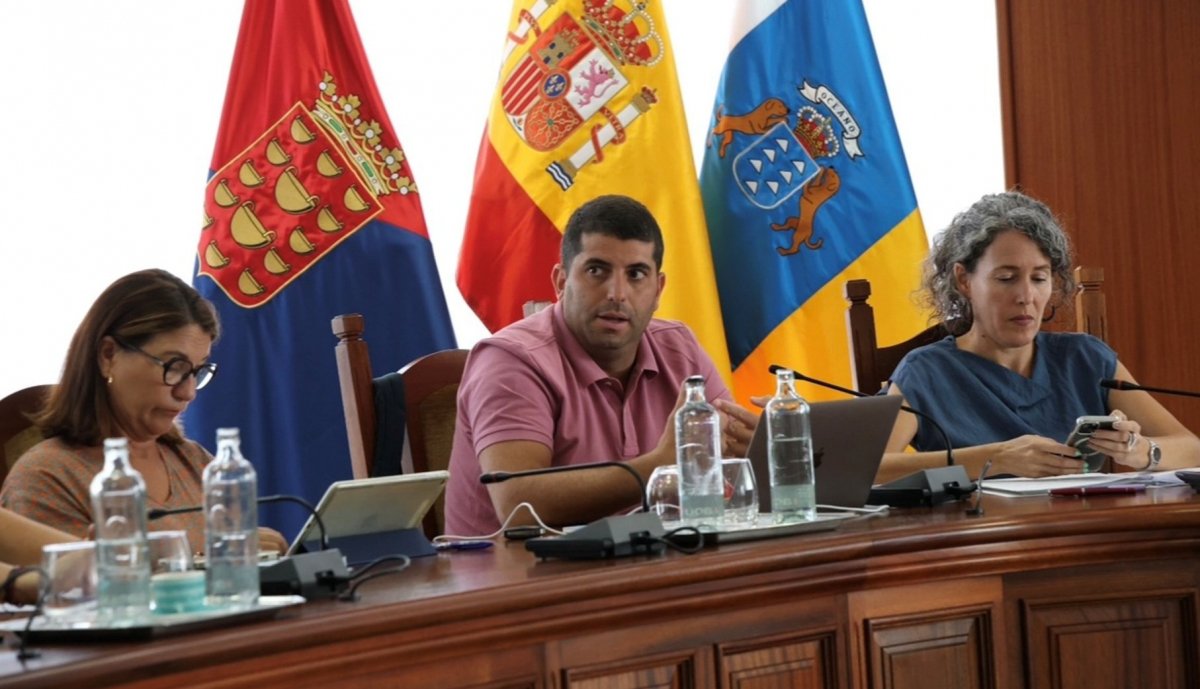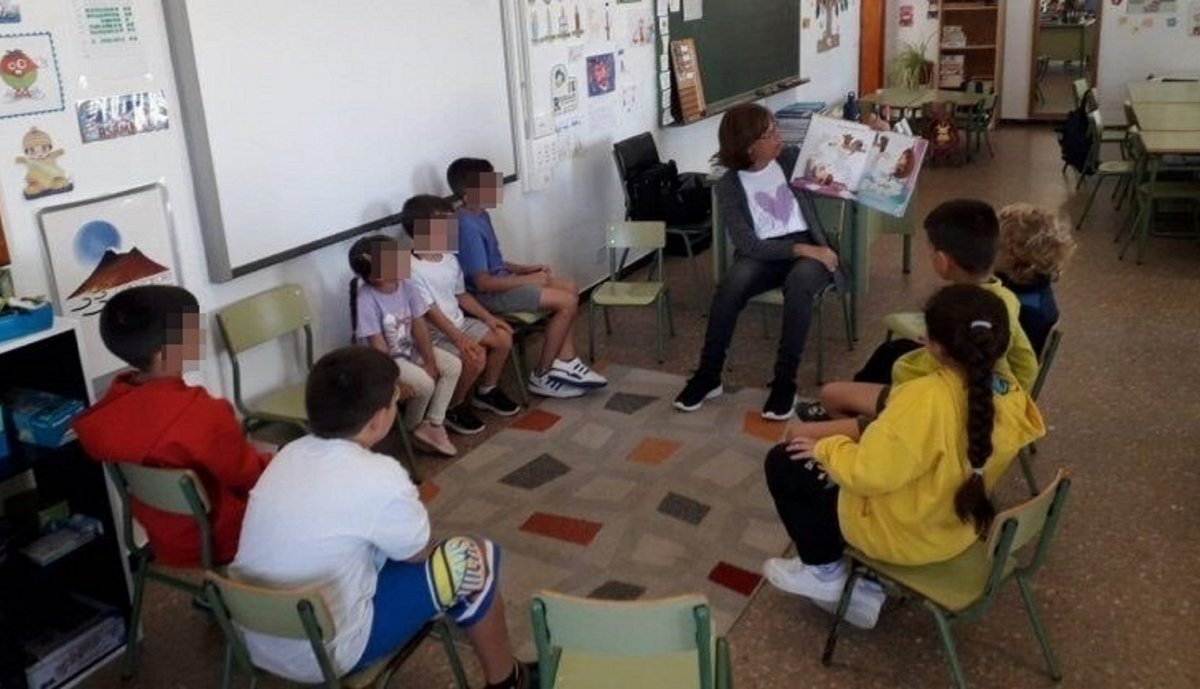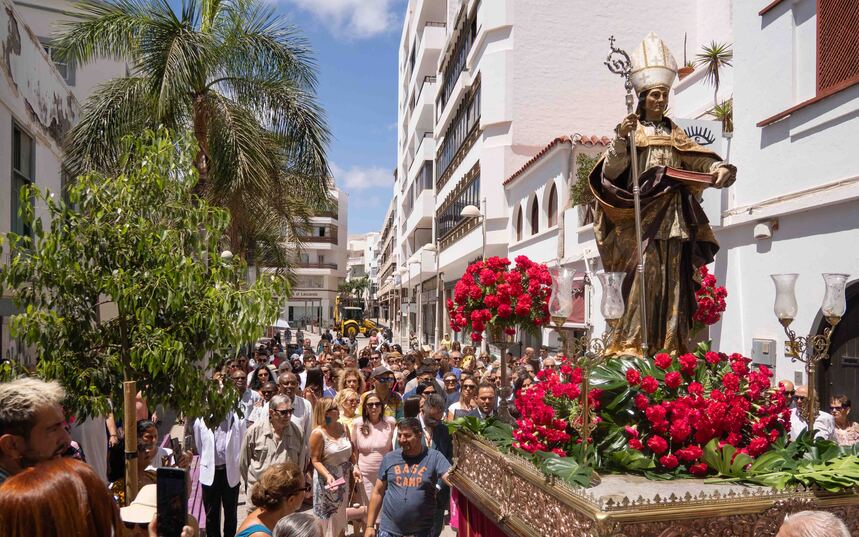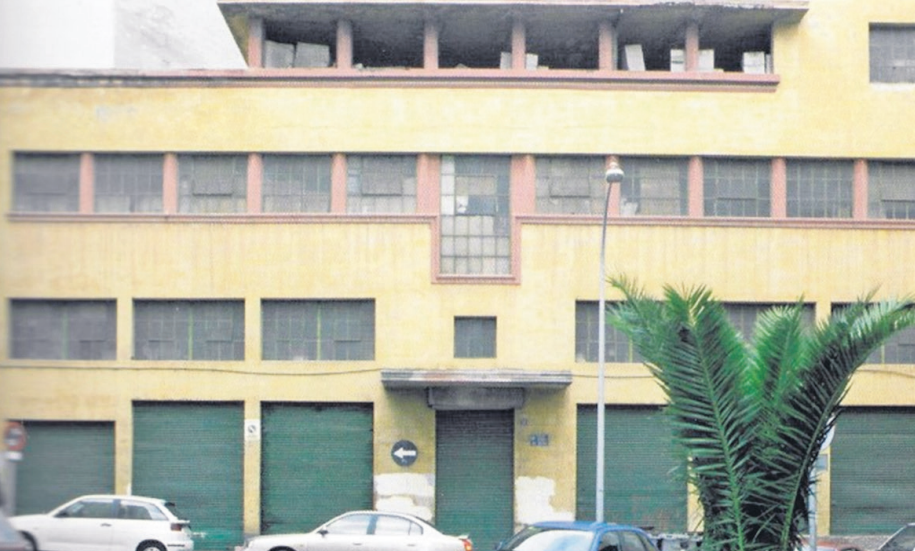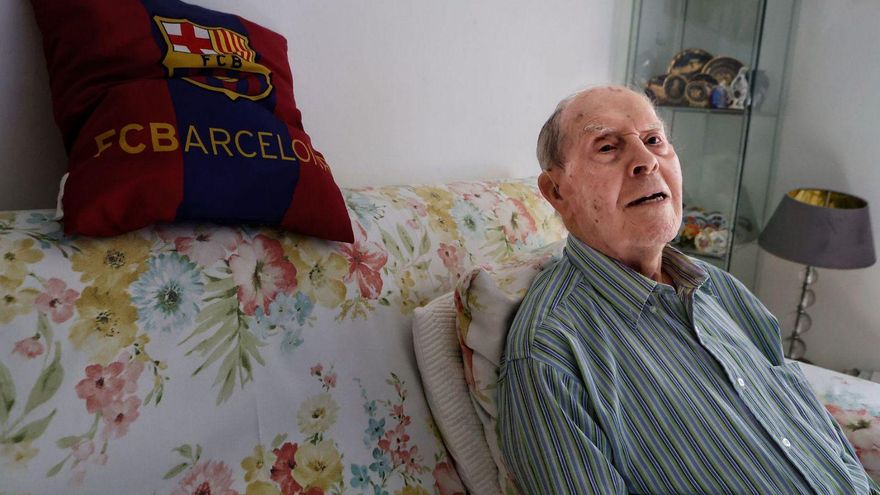
The Cabildo de Tenerife, through the Presidency department, approved a decree on the 14th of this month for the hiring of a Christmas celebration. This event, which took place last year in the square adjacent to the insular headquarters in the island’s capital, has sparked controversy due to its overlap with the event organised by Santa Cruz City Council (as is the case with other municipalities across the country). The project entails an expenditure of 560,000 euros and appears designed to restrict the number of companies that can apply, according to the opposition Socialist Party, who previously criticised the traffic chaos experienced in the capital during this period, compounded by a tram strike.
The documentation explicitly emphasises from the outset that “it must be ensured that the artistic project to be contracted presents an original creative proposal linked to the performing arts, music, and entertainment, which may include a festive, Christmas-themed scenic space in the Cabildo square, appropriate music (…), suitable attire (…), the presence of gifts and Christmas products, audiovisual projections, and other activities and elements in line with a Christmas celebration event.”
Furthermore, it is required that “the awarded entity responsible for the creation, production, and execution possesses an artistic and technical team with experience in the performing arts and shows, as well as in artistic productions of events, to achieve the level of quality demanded by the characteristics and purpose of the celebration.”
Rosa Dávila justifies the repetition of the “celebration” by stating the “convenience and necessity, once again, to develop activities in recognition of the Christmas celebrations of 2025, not just within the insular palace but in the Cabildo square, bringing this celebration closer to the citizens of Tenerife. This is in consideration of the new technical resources that can maximise the use of available spaces, aiming to adapt this celebration to a contemporary format, with Christmas decorations, music, and other activities for the enjoyment of families and the general public, ensuring it is novel and highly attractive for all who visit the square.”
Although it is asserted that the initiative aims to “contribute, alongside other municipal programmes celebrating Christmas, to the tourist, cultural, and commercial boost of the Island,” it overlooks that this is developed solely in one locality of Tenerife—the capital—making the supposed benefit for the Island as a whole somewhat questionable. It emphasises that the artistic spectacle is “innovative,” and highlights the “beautification of a public space with decoration and lighting, all attractive to residents and visitors,” yet neglects to point out that this pertains only to the residents or visitors of Santa Cruz.
Additionally, it contends that it is committed to “innovation, sustainability, and the central role of the Cabildo as the foremost institution of the Island through the use of efficient new technologies and, consequently, activities with tourist and commercial reach,” again without mentioning that the beneficiary is a single municipality in Tenerife, which is, of course, also allocating a considerable budget to Christmas festivities.
The decree, consisting of 194 pages, stresses that, “in these times of great technological development, which allow for innovative activities and new approaches, we must advance towards a new way of celebrating Christmas, akin to those held in large cities across Spain and Europe. This also aims to bring this insular institution closer to the citizens, enabling them to enjoy meaningful moments during the Christmas holidays alongside family or friends.” However, it does not highlight that this celebration is exclusively located in Santa Cruz and that some famous events, like that of Vigo, are organised by city councils.
“Completing the offerings of the municipalities, but solely in one locality”
Nevertheless, it is stated immediately afterwards that “the aim of promoting and boosting the culture of the Island, alongside the objective of making the city a venue for quality culture, defines the appropriateness of completing the offerings already made by the municipalities on the Island (…),” thereby assuming the supposed benefit of the initiative but for a specific municipality. Additionally, the decree makes it clear that the Cabildo feels incapable of organising such an event with its own resources and justifies that the contract should be awarded as a whole rather than fragmented.
Companies wishing to apply for this contract have a period of 30 days to submit their proposals. Among the scoring criteria, the artistic project of activities has a maximum of 75 points, broken down as follows: the integral artistic proposal, 25 points; “original and cohesive narrative,” 5 points; original and integrated music, 5 points; original set design and costumes, 5 points; audiovisual proposal and its coherence with the narrative, 5 points; visual, auditory, and technological innovation, as well as suitability to the architectural setting of the Cabildo, another 5 points.
The artistic team is evaluated with a cap of 25 points; relevant experience in artistic direction (a key area) being allocated 6 points; multidisciplinary artistic team (music, dramaturgy, set design…), 6 points; individual trajectories and team synergies, 5 points; inclusion of guaranteed quality emerging profiles, 4 points; and inclusion of profiles focusing on equality and diversity within the overall project, 4 points. Additionally, 20 points are assigned to technical production and viability, covering areas like “technical equipment and clear, detailed general planning of the technical proposal” (8 points), a detailed timeline by tasks and responsibilities (6 points), and measures for sustainability, safety, responsiveness, and dissemination (6 points).
The criteria conclude with “subcriteria,” such as “social impact and accessibility” (5 points) and “gender perspective and impact on the local environment,” also worth 5 points, along with the economic proposal, which carries a weight of 25 points.



